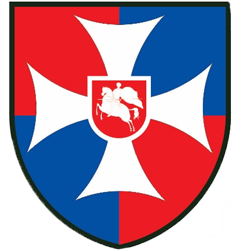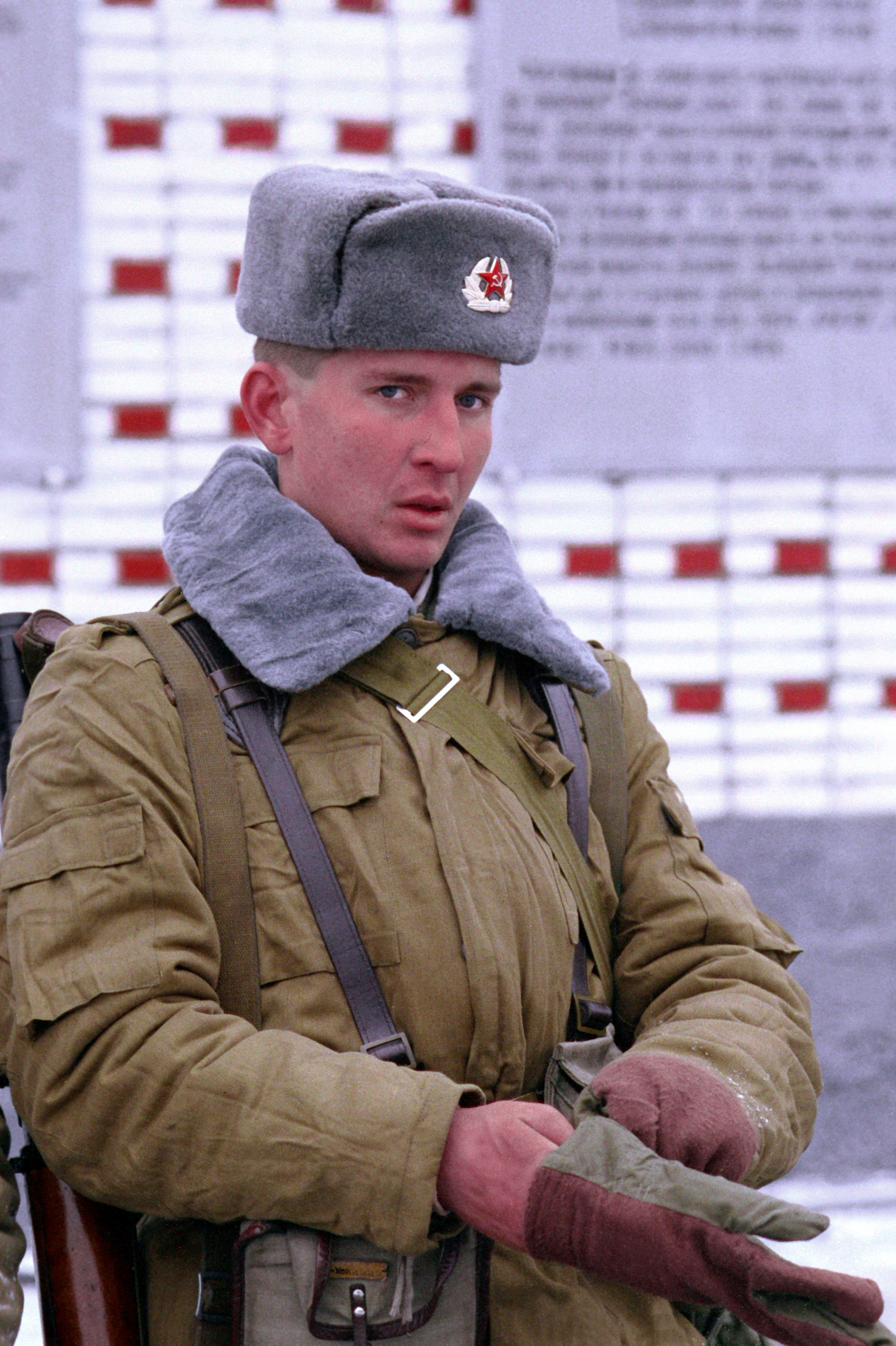|
Ministry Of Defence Of Georgia
The Ministry of Defence of Georgia (, ''sakartvelos tavdatsvis saministro'') is the Georgian government ministry in charge of the Defence Forces of Georgia and regulating activities in defence of the country from external threats, preserving territorial integrity and waging wars on behalf of Georgia. The Minister of Defence is appointed and removed from the post by the Prime Minister of Georgia. The ministry is currently headed by Irakli Chikovani. History In the midst of dissolution of Soviet Union and political turmoil in Georgia in late 1980s, the Georgian military played an important role in the struggle for and retaining power. In November 1992, the Parliament of Georgia passed a law creating the Council for National Security and Defence. The council reported all its activities to parliament but was directly subordinate to the head of state and commander in chief of the armed forces. Eduard Shevardnadze was then appointed the Council Chairman. Georgian politicians Jaba ... [...More Info...] [...Related Items...] OR: [Wikipedia] [Google] [Baidu] |
Government Of Georgia (country)
, border = , image = , image_size = 200px , alt = , image2 = , image_size2 = , alt2 = , caption = Coat of arms , date_established = , date_dissolved = , state = , country = , polity = , leader_title = Prime Minister , appointed = Parliament of Georgia , main_organ = Cabinet , ministries = See members , responsible = Parliament of Georgia , budget = GEL 24 billion ($9.04 billion) in 2023 , address = State Chancellery 7, Pavle Ingorokva Str.Tbilisi, Georgia , url = The Government of Georgia ( ka, საქართველოს მთავრობა, tr) is the supreme body of executive power in Georgia that implements the domestic and foreign policies of the country. It consists of the prime minister—the head of the government—and ministers and is accountable and responsible to the Parliament of Georgia. The current powers and responsibilities of the government are governed by the amendments of the Constitution ... [...More Info...] [...Related Items...] OR: [Wikipedia] [Google] [Baidu] |
Tengiz Kitovani
Tengiz Kitovani ( ka, თენგიზ კიტოვანი ''tengiz k’it’ovani''; 9 June 1938 – 13 November 2023) was a Georgian politician and military commander with high-profile involvement in the Georgian Civil War early in the 1990s when he commanded the National Guard of Georgia. Kitovani also served as a minister of defense until being gradually sidelined by Eduard Shevardnadze who had earlier been invited to lead the nation after a successful coup d'etat launched by Kitovani and his allies against President Zviad Gamsakhurdia. Early life and career Born in Tbilisi on 9 June 1938, Kitovani graduated from the Tbilisi Fine Arts Academy and taught at a boarding school in the town of Tetritsqaro. Kitovani entered national politics early in 1990 when the independence movement reached its climax in then- Soviet Georgia. Elected to the Supreme Council of Georgia the same year, he was closely associated with Zviad Gamsakhurdia, a Soviet-era dissident who wen ... [...More Info...] [...Related Items...] OR: [Wikipedia] [Google] [Baidu] |
Sachkhere Mountain Training School
The Sachkhere Mountain Training School ( ka, საჩხერის სამთო მომზადების სკოლა) is a mountain warfare training facility in Georgia, located near the town of Sachkhere in the west of the country. Established on 14 August 2006, it is operated by the Joint Staff of the Georgian Armed Forces Military Training and Education Command. The Sachkhere Mountain Training School was created on the basis of the 16th Mountain Battalion, whose predecessor, the Sachkhere Battalion, was one of the first National Guard units established in Georgia during its struggle for independence from the Soviet Union in 1991. The founder and commander of the battalion, Besarion Kutateladze, played a role in the Georgian civil strife and was killed in a clash with the Russian troops at Gori in June 1992. The school was established through the help of the United States and France. France also provided instructors for training Georgian officers at the s ... [...More Info...] [...Related Items...] OR: [Wikipedia] [Google] [Baidu] |
Cadets Military Lyceum Of Georgia
A cadet is a student or trainee within various organisations, primarily in military contexts where individuals undergo training to become commissioned officers. However, several civilian organisations, including civil aviation groups, maritime organisations, and police services, also designate their trainees as cadets. Armed forces In several military services, cadets, flight cadets, officer cadets, and gentleman/lady cadets may refer to recruits and students that are undergoing military training to become commissioned officers. The specific rank structure and responsibilities of cadets can vary among different military organisations. Australia In Australia, a cadet is an officer in training. The official rank is Officer Cadet (OCDT for members of the Australian Regular Army and OFFCDT for members of the Royal Australian Air Force), but OCDTs in the Royal Military College–Duntroon are referred to as ''staff cadet'' (Scdt) for historical reasons. Austria-Hungary In Austr ... [...More Info...] [...Related Items...] OR: [Wikipedia] [Google] [Baidu] |
Georgia Ministry Of Defense Structure (2012)
Georgia most commonly refers to: * Georgia (country), a country in the South Caucasus * Georgia (U.S. state), a state in the southeastern United States Georgia may also refer to: People and fictional characters * Georgia (name), a list of people and fictional characters with the female given name * Georgia (musician) (born 1990), English singer, songwriter, and drummer Georgia Barnes Places Historical polities * Kingdom of Georgia, a medieval kingdom * Kingdom of Eastern Georgia, a late medieval kingdom * Kingdom of Western Georgia, a late medieval kingdom * Georgia Governorate, a subdivision of the Russian Empire * Georgia within the Russian Empire * Democratic Republic of Georgia, a country established after the collapse of the Russian Empire and later conquered by Soviet Russia. * Georgian Soviet Socialist Republic, a republic within the Soviet Union * Republic of Georgia, a republic in the Soviet Union which, after the collapse of the USSR (1991), was a independent co ... [...More Info...] [...Related Items...] OR: [Wikipedia] [Google] [Baidu] |
State Ministry For Euro-Atlantic Integration (Georgia)
State most commonly refers to: * State (polity), a centralized political organization that regulates law and society within a territory **Sovereign state, a sovereign polity in international law, commonly referred to as a country **Nation state, a state where the majority identify with a single nation (with shared culture or ethnic group) ** Constituent state, a political subdivision of a state ** Federated state, constituent states part of a federation *** U.S. state * State of nature, a concept within philosophy that describes the way humans acted before forming societies or civilizations State may also refer to: Arts, entertainment, and media Literature * '' State Magazine'', a monthly magazine published by the U.S. Department of State * ''The State'' (newspaper), a daily newspaper in Columbia, South Carolina, United States * '' Our State'', a monthly magazine published in North Carolina and formerly called ''The State'' * The State (Larry Niven), a fictional future governme ... [...More Info...] [...Related Items...] OR: [Wikipedia] [Google] [Baidu] |
Ministry Of Internal Affairs (Georgia)
The Ministry of Internal Affairs of Georgia ( ka, საქართველოს შინაგან საქმეთა სამინისტრო), abbreviated MIA (''შსს''), is the highest state law enforcement agency of Georgia, the head of which (Minister) is a member of the government. The Ministry is accountable to the Government and fulfills the tasks imposed on it by the Prime Minister. Vakhtang Gomelauri is the current Minister of Internal Affairs. The Ministry's main office is in Tbilisi. History After gaining independence on May 26, 1918, on the National Council meeting the Ministry of Internal Affairs of Georgia was formed. Its main tasks included fighting counter-revolutionary rallies and Bolshevik propaganda, combating embezzlement of public funds, etc. On February 25, 1921, with the help of Russia, the Georgian Bolsheviks overthrew the legitimate Menshevik government of Georgia. Since this day, the independent Ministry of Internal Affairs ... [...More Info...] [...Related Items...] OR: [Wikipedia] [Google] [Baidu] |
National Guard Of Georgia
The National Guard of Georgia (GNG, ka, საქართველოს ეროვნული გვარდია, ''sak'art'velos erovnuli gvardia'') is the gendarmerie, guard of honour, and military reserve force branch of the Defense Forces of Georgia. It is tasked with responding to civil affairs, civil disorders, external threats, important ceremonial duties, internal security, natural disasters crisis, public security, and support military operations. History Establishment The GNG was established on December 20, 1990 after President Zviad Gamsakhurdia ordered the creation of what is now the Defense Forces of Georgia. In January 1991, Soviet President Mikhail Gorbachev, through the chairman of the Supreme Soviet, Anatoly Lukyanov, instructed Gamsakhurdia to ban the creation of the Guard. The official newspaper of the Soviet Army, '' Krasnaya Zvezda'', published an article mocking the National Guard entitled "Mr. Prefects and Mr. Guardsmen." The first military ... [...More Info...] [...Related Items...] OR: [Wikipedia] [Google] [Baidu] |
Georgian Civil War
The Georgian Civil War ( ka, საქართველოს სამოქალაქო ომი, ''sakartvelos samokalako omi'') lasted from 1991 to 1993 in the South Caucasian country of Georgia. It began in December 1991 with the coup against the first democratically-elected President of Georgia, Zviad Gamsakhurdia, by the rebel factions of the Georgian National Guard and the Mkhedrioni paramilitary. It led to President Gamsakhurdia fleeing to neighboring Chechnya, and his subsequent insurgency and unsuccessful uprising to regain power in 1992–1993. Background Georgian independence and ethnic conflicts During the dissolution of the Soviet Union, an opposition movement in Georgia organized mass protests starting in 1988, culminating in a declaration of sovereignty in May 1990 and independence on April 9, 1991, which was recognized in December after the failed August Coup. Zviad Gamsakhurdia was elected President in May 1991. Meanwhile, ethnic minority sepa ... [...More Info...] [...Related Items...] OR: [Wikipedia] [Google] [Baidu] |
Georgian SSR
The Georgian Soviet Socialist Republic, also known as Soviet Georgia, the Georgian SSR, or simply Georgia, was one of the republics of the Soviet Union from its second occupation (by the Red Army) in 1921 to its independence in 1991. Coterminous with the present-day republic of Georgia, it was based on the traditional territory of Georgia, which had existed as a series of independent states in the Caucasus prior to the first occupation of annexation in the course of the 19th century. The Georgian SSR was formed in 1921 and subsequently incorporated in the Soviet Union in 1922. Until 1936 it was a part of the Transcaucasian Socialist Federative Soviet Republic, which existed as a union republic within the USSR. From November 18, 1989, the Georgian SSR declared its sovereignty over Soviet laws. The republic was renamed the Republic of Georgia on November 14, 1990, and subsequently became independent before the dissolution of the Soviet Union on April 9, 1991, whereupon each f ... [...More Info...] [...Related Items...] OR: [Wikipedia] [Google] [Baidu] |
Soviet Army
The Soviet Ground Forces () was the land warfare service branch of the Soviet Armed Forces from 1946 to 1992. It was preceded by the Red Army. After the Soviet Union ceased to exist in December 1991, the Ground Forces remained under the command of the Commonwealth of Independent States until it was formally abolished on 14 February 1992. The Soviet Ground Forces were principally succeeded by the Russian Ground Forces in Russian territory. Outside of Russia, many units and formations were taken over by the post-Soviet states; some were withdrawn to Russia, and some dissolved amid conflict, notably in the Caucasus. While the Ground Forces are commonly referred to in English language sources as the Soviet Army, in Soviet military parlance the term '' armiya'' (army) referred to the combined land and air components of the Soviet Armed Forces, encompassing the Ground Forces as well as the Strategic Rocket Forces, the Air Defence Forces, and the Air Forces. After World W ... [...More Info...] [...Related Items...] OR: [Wikipedia] [Google] [Baidu] |




